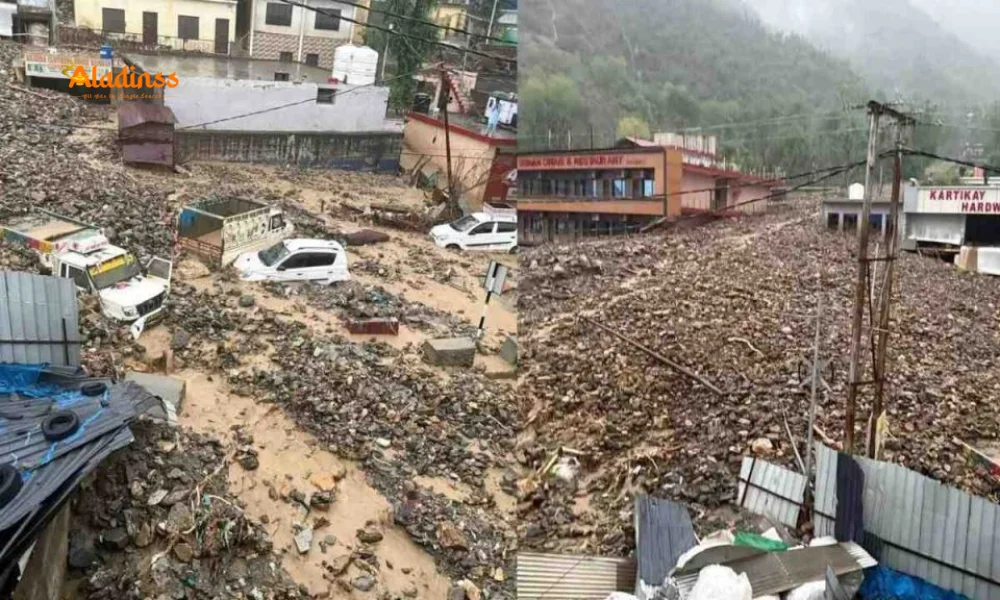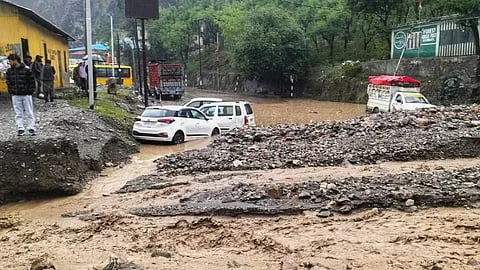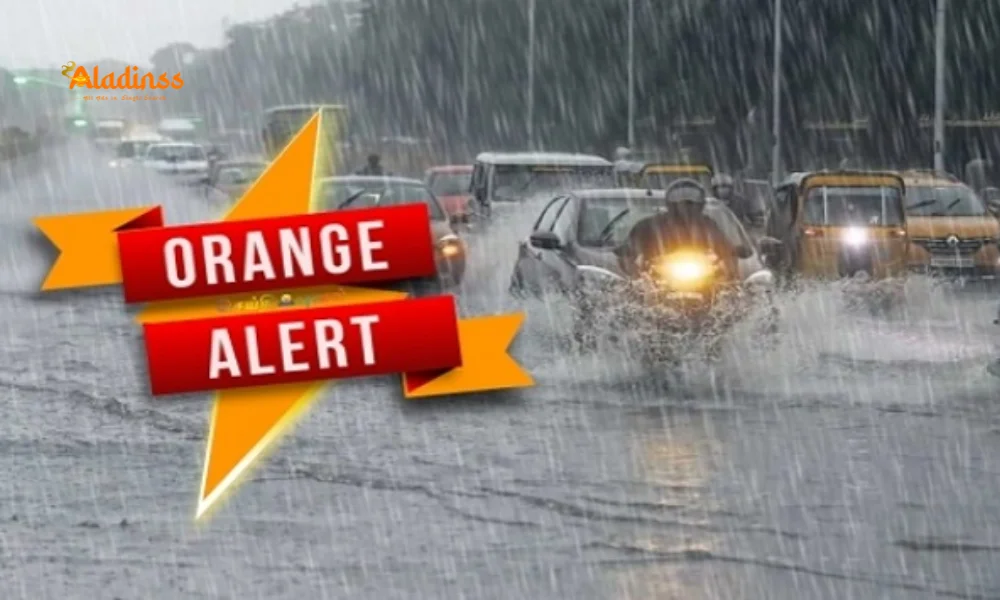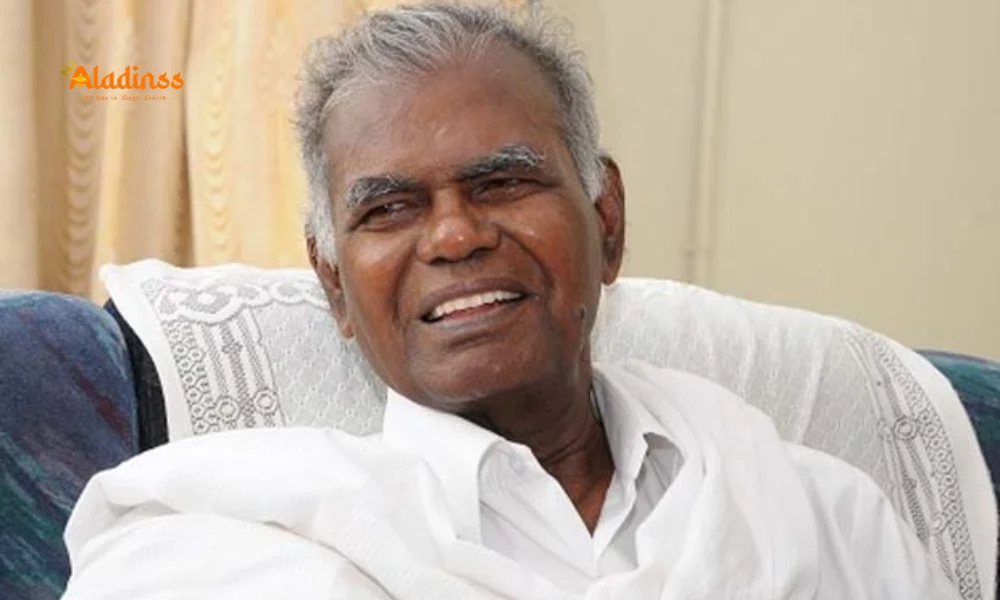J&K: Seven Feared Dead in Reasi Landslide, Ramban Cloudburst

J&K Landslide and Cloudburst: Seven Feared Dead in Reasi, Three Killed in Ramban
A devastating landslide in Jammu and Kashmir’s Reasi district and a cloudburst in Ramban have left a trail of destruction, with at least ten lives lost and several others missing. On August 30, 2025, heavy rains triggered a catastrophic landslide in the Mahore area of Reasi, flattening a residential house and leaving seven members of a family feared dead. Simultaneously, a cloudburst in the Rajgad area of Ramban claimed three lives and left two others unaccounted for, as flash floods swept through villages. Rescue operations are underway, but the region’s fragile terrain and ongoing weather challenges are complicating efforts. This article delves into the details of these tragic events, their impact, and the response from authorities.
Landslide in Reasi: A Family Feared Lost
In the early hours of August 30, 2025, a massive landslide struck Badder village in the Mahore area of Reasi district, flattening a mud house belonging to Nazir Ahmad, 38. The disaster, triggered by relentless heavy rains, buried Ahmad, his wife Wazira Begum, 35, and their five minor sons—Bilal Ahmed, 13, Mohammad Mustafa, 11, Mohammad Adil, 8, Mohammad Mubarak, 6, and Mohammad Wasim, 5—under debris and mud. According to officials, the family was asleep when the landslide hit around 3 a.m., leaving little chance for escape. Local villagers, upon discovering the tragedy in the morning, initiated a rescue operation and recovered all seven bodies, as confirmed by Mahore MLA Mohammad Khurshid.
The incident has sent shockwaves through the community, with distressing visuals of villagers retrieving bodies from the rubble circulating on social media. The Jammu and Kashmir administration has launched a formal rescue operation, though officials noted that the recovery of bodies has been challenging due to the volume of debris and ongoing rainfall. The tragedy underscores the vulnerability of remote villages in the region, where mud houses, or “kacha” structures, are particularly susceptible to landslides during monsoon seasons.
Cloudburst in Ramban: Flash Floods Claim Lives
Earlier that same morning, at approximately 12:30 a.m., a cloudburst struck the Rajgad area of Ramban district, triggering flash floods that swept through several villages. The deluge claimed at least three lives, with officials recovering the bodies from the affected areas. Two other individuals remain missing, and search operations are ongoing to locate them. The cloudburst caused significant damage to property, with several houses washed away or buried under debris, and infrastructure, including roads and bridges, severely impacted.
Union Minister Dr. Jitendra Singh, in a post on X, confirmed the tragic loss of four lives in the Rajgad cloudburst, noting that one person remains missing. He emphasized that rescue efforts are in full swing, with the district administration providing all possible assistance. Chief Minister Omar Abdullah expressed deep anguish over the incident, directing the administration to prioritize immediate rescue and relief operations. The flash floods have also disrupted connectivity, with the Jammu-Srinagar National Highway (NH-44) blocked at multiple points due to landslides and mudslides.
Ongoing Rescue and Relief Efforts
Rescue operations in both Reasi and Ramban are being conducted under challenging conditions, with continuous rainfall and unstable terrain hampering efforts. In Reasi, teams from the State Disaster Response Force (SDRF) and local police are working to clear debris and search for any signs of life, though hopes of finding survivors are fading. In Ramban, the administration has deployed additional rescue teams, including personnel from the National Disaster Response Force (NDRF), to assist in locating the missing individuals and providing relief to affected families.
The Jammu and Kashmir government has issued advisories urging residents to avoid vulnerable areas, such as riverbanks and landslide-prone zones. Essential services, including power and water supply, have been disrupted in several areas, prompting authorities to prioritize restoration. Chief Minister Abdullah has called for a comprehensive assessment of the damage, emphasizing the need to address systemic issues in disaster preparedness, particularly in light of recurring rain-related incidents in the region.

A Region Under Siege: Recent Disasters in Jammu and Kashmir
The twin disasters in Reasi and Ramban are part of a series of rain-related calamities that have battered Jammu and Kashmir in recent weeks. Over the past two weeks, intense rainfall, cloudbursts, and landslides have claimed over 115 lives across the Jammu region, with significant losses reported among pilgrims. Districts like Kishtwar, Doda, Kathua, and Samba have also faced severe damage to infrastructure, with roads, bridges, and homes destroyed. The Jammu-Srinagar National Highway, a critical lifeline, has been repeatedly blocked, disrupting travel and essential supplies.
The India Meteorological Department (IMD) had issued warnings of heavy to very heavy rainfall across multiple districts, including Reasi and Ramban, predicting the possibility of cloudbursts and flash floods. Despite these alerts, the scale of the disasters has overwhelmed local authorities, highlighting the need for improved early warning systems and infrastructure resilience. The government has responded by forming a committee to investigate recent landslide deaths, particularly those near the Vaishno Devi shrine, and to develop standard operating procedures (SOPs) to prevent future tragedies.
Impact on Local Communities
The human toll of these disasters is profound, particularly in Reasi, where the loss of an entire family has left the Badder village community in mourning. The Ahmad family’s tragedy has drawn condolences from across the region, with leaders like Chief Minister Abdullah and Union Minister Singh expressing solidarity with the affected families. In Ramban, the flash floods have displaced residents, damaged homes, and disrupted livelihoods, adding to the region’s economic challenges.
The recurring nature of such disasters has raised concerns about the region’s vulnerability to climate-driven events. Remote villages, often located in hilly or low-lying areas, lack the infrastructure to withstand extreme weather. Mud houses, common in areas like Mahore, are particularly prone to collapse during landslides, exacerbating the loss of life and property. Community leaders and residents are calling for long-term measures, such as relocation to safer areas and investment in durable housing.
Government Response and Future Preparedness
The Jammu and Kashmir administration, under Chief Minister Omar Abdullah’s leadership, has prioritized immediate relief and rescue operations. Deputy Commissioner Ramban, Mohammad Aiyaz Khan, is overseeing efforts in Rajgad, ensuring that affected families receive food, water, and medical aid. The government has also mobilized resources to clear debris from blocked roads, including the critical NH-44, to restore connectivity. However, the scale of the damage has underscored the need for systemic improvements in disaster management.
Experts have called for the implementation of early warning systems, improved weather forecasting, and infrastructure upgrades to mitigate the impact of future disasters. The IMD’s forecast of continued rainfall until September 2, 2025, has heightened the urgency, with warnings of potential flash floods and landslides in vulnerable areas. Authorities have urged residents to stay vigilant, avoid water bodies, and seek assistance through emergency helplines like 112.
Comment / Reply From
No comments yet. Be the first to comment!











